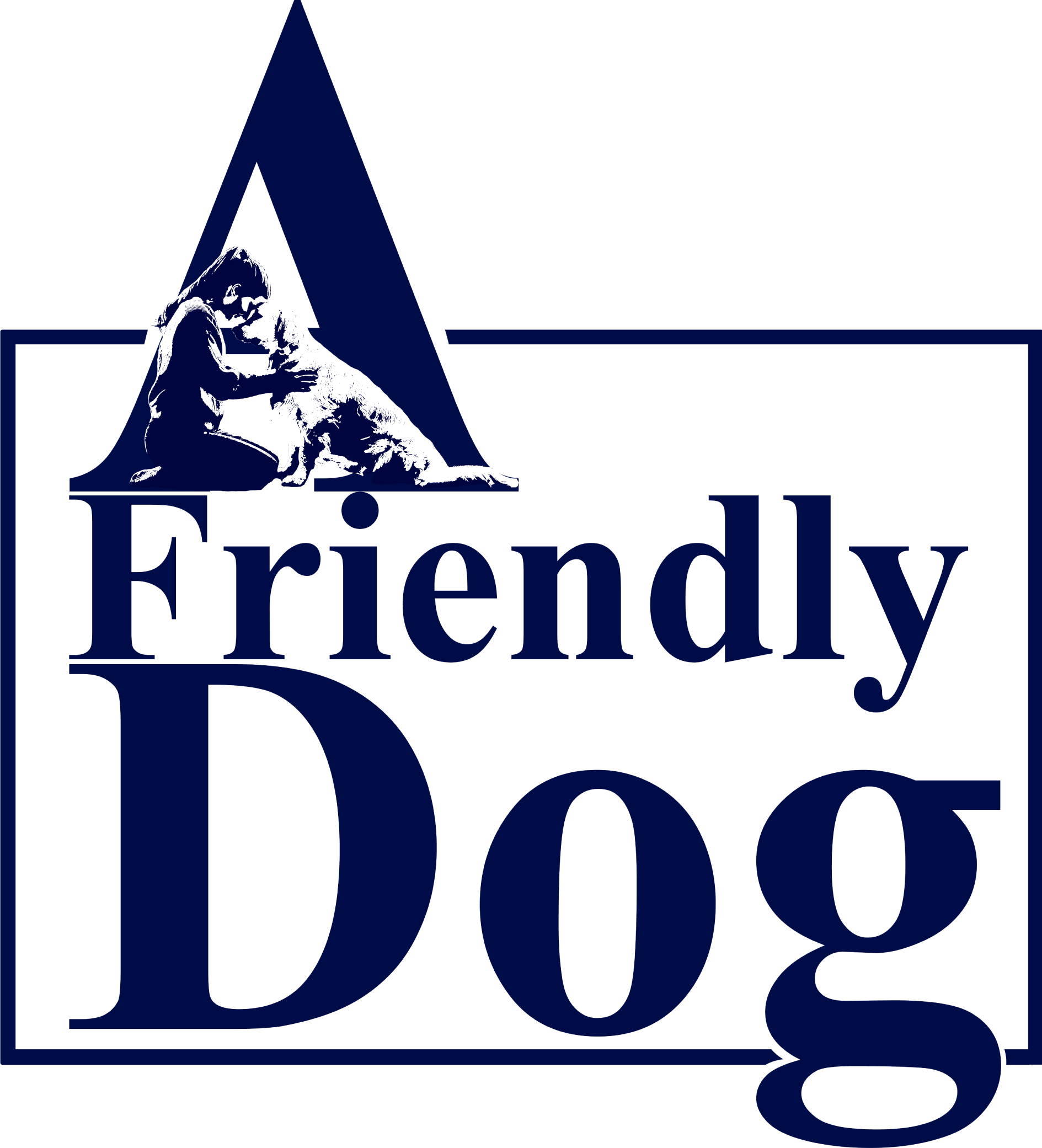Dog body language encompasses a variety of unique methods for expressing emotions and intentions. It differs significantly from how humans communicate with each other.
While barks, whines, and growls are common forms of canine communication, dogs primarily rely on nonverbal body language. This can often lead to misunderstandings between humans and dogs. Sometimes, dog body language is unfamiliar to us, as we don’t possess tails. Other times, it may directly contradict what the same signal means to a human, such as yawning or looking away. To effectively communicate with your furry companion, it’s important to learn how to interpret dog body language.
One commonly misunderstood signal is tail-wagging. Many people assume that a wagging tail indicates a happy dog, but this is not always the case. The interpretation of this signal is often incorrect.
A wagging tail simply signifies that the dog is emotionally aroused. This arousal could be due to excitement, but it could also indicate frustration or other negative emotions. To accurately understand the dog’s emotions and intentions, pay attention to the speed and direction of the wag, as well as the position of the tail.
In general, a faster wag indicates a higher level of arousal in the dog. For example, when your dog greets you with long, slow, side-to-side tail sweeps that move their entire body, it signifies relaxation. On the other hand, a faster, twitch-like wag suggests a heightened state of arousal, potentially in a negative way. Imagine a guard dog on high alert.

